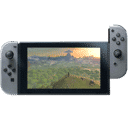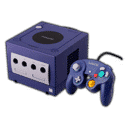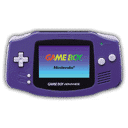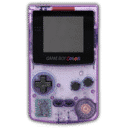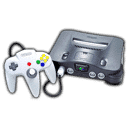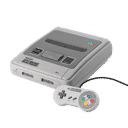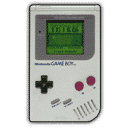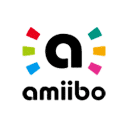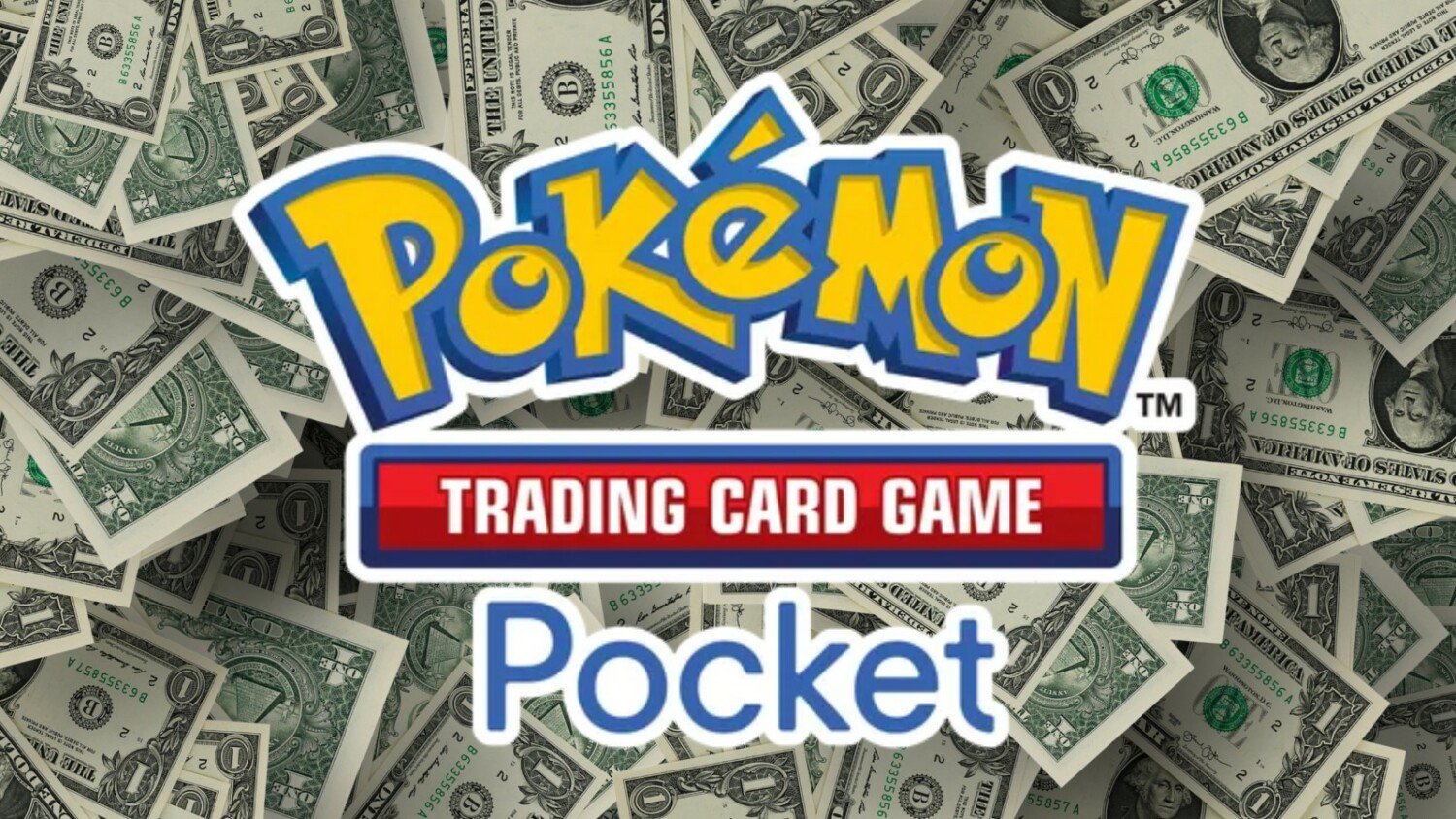
Summary:
Pokémon TCG Pocket turned one with a splash of hard numbers and a wave of new milestones. Industry trackers at AppMagic estimate that the mobile card battler generated roughly $1.3 billion in its first 12 months—edging past Pokémon GO’s first-year take, a benchmark that once felt untouchable. The Pokémon Company marked the anniversary with a celebratory trailer and a bundle of engagement metrics: over 2 billion in-game battles and more than 490 million showcase galleries shared by players. Add 150 million+ downloads since launch, and you’ve got a title that has outpaced early expectations while keeping people coming back daily to crack packs, trade, and queue for quick matches. Here, we walk through how the launch timing, daily pack cadence, and social features created an easy on-ramp for veterans and newcomers; why revenue accelerated with expansions and events; and what year two likely brings in terms of live-ops rhythms, value perception, and competitive play. If you want the short version: clear goals, frequent rewards, and smart nostalgia gave Pokémon TCG Pocket momentum—and the numbers prove it.
Pokémon TCG Pocket arrived with a clear promise and perfect timing
Pokémon TCG Pocket launched on October 30, 2024 for iOS and Android, landing right between late-year mobile spending cycles and the series’ evergreen holiday pull. That timing mattered. It gave players a clean runway to try the app as the community buzzed about new sets, seasonal events, and year-end gifting. The pitch was simple and sticky: open packs every day for free, build quick decks, and jump into fast battles that respect your schedule. That loop, combined with an approachable UI and charming card art, created a habit quickly. You didn’t need to block an evening to learn the ropes; two free packs a day nudged you to return, and every opening felt like a spin of a candy-coated slot machine—minus the friction that drives people away. Add a steady drip of expansions and an easy way to show off your favorites, and engagement started to stack almost immediately.
What the ~$1.3B year-one estimate actually signals about demand
AppMagic’s estimate—right around $1.3 billion in the first year—doesn’t just say “this was big.” It tells us the audience found a spending rhythm that synced with Pocket’s live-ops beats. Launch windows usually spike revenue; sustaining into months three, six, and nine is the trick. Pocket did that with cadence: expansions that refresh the chase, time-limited events to spur “now not later” behavior, and social surfaces where your pulls feel worth showcasing. When a title clears a billion in its debut year, it means players didn’t just try it—they built rituals around it. That level of performance also shifts expectations for future Pokémon mobile projects. If daily pack openings and quick battles can support that scale, you can expect the brand to lean harder into mechanics that reward short, repeatable sessions while still giving depth chasers a reason to optimize.
Surpassing Pokémon GO’s famous first year—why it’s a fair comparison and where it isn’t
Beating Pokémon GO’s debut-year figure is headline-friendly, and the comparison is grounded: both are free-to-play apps in the same franchise, measured over 12 months. Still, the market context has changed. GO’s 2016 breakout rode once-in-a-generation virality and introduced AR-driven play to a global audience; payment habits on mobile were younger, and infrastructure wasn’t as mature. Pocket benefits from a market that understands season passes, daily engagement bonuses, and gacha-style collection loops. In other words, Pocket didn’t need to teach the world how to spend in mobile games—it arrived in a world already fluent in the language. So yes, clearing GO’s first-year number is huge, but it reflects a different climate with higher overall mobile spend and learned behaviors. That makes Pocket’s feat impressive without becoming a 1:1 referendum on GO’s long-term dominance.
Player engagement wasn’t just high—it was social and visible
The anniversary reel highlighted two stats that paint a picture of how people actually play: over 2 billion battles and more than 490 million showcase galleries shared. Battles hint at stickiness; showcases reveal why people return between matches. Sharing your favorite pulls—whether that’s a shiny stunner or a quirky low-rarity with a perfect vibe—turns a solo ritual into a conversation. It’s the digital equivalent of binder-flexing at a local game store, scaled to millions. That visibility also pushes friends to log in “just to open two packs” and post their best hits. When a live-service game turns collection into a social feed, momentum compounds. Pocket leaned into that by making galleries quick to curate and satisfying to browse, so the distance between a good pull and a little social dopamine is basically zero.
Downloads and retention: the “two free packs” funnel that keeps paying off
Crossing 150 million downloads within the first year supports the story that Pocket turned curiosity into habit. The free two-pack daily allowance is deceptively powerful. It removes the fear of missing out by giving everyone a “floor” of progress while still tempting you with premium openings when a favorite set rotates in. Over time, that combination builds a gentle spend ladder: you start with free packs, dabble in a bundle during a themed event, then justify a pass for a month where the card pool aligns with your tastes. Crucially, the quick match format and low setup overhead let those purchases feel instantly valuable. You don’t need to master a tournament-grade deck to enjoy what you opened; you just queue, test, tweak, and repeat, which means more of your time is fun and fewer sessions feel like homework.
How expansions, ranked play, and events shaped the revenue curve
Live-ops is about rhythm. Pocket’s expansions and periodic competitive refreshes provided the drumbeat. New packs brought marquee chases and meta shifts, which ripple into deckbuilding trends and watchable moments in the community. Ranked modes and limited-time missions layered incentives on top: climb now for cosmetics and perks, or grind a punchy challenge track for targeted rewards. The point isn’t just to sell more packs; it’s to make every login feel purposeful. When players know that Thursday means a balance tweak or that month-end brings a celebratory banner, it’s easier to budget time and spending. Pocket’s first-year results suggest that DeNA and The Pokémon Company found a tempo that felt busy but not exhausting, with just enough breathing room between spikes to keep people hungry for the next beat.
Why the showcase feature matters more than it first appears
On paper, galleries are simple: arrange cards you love and show them off. In practice, showcases are pocket museums that turn collecting into culture. They give casual players a creative outlet and hardcore players a reason to hunt variants that photograph well. That translates to monetization without pressure: you’re not buying power, you’re curating taste. The 490 million+ figure tells us these displays aren’t niche; they’re a core loop. And because showcases live inside the game, discovery is organic—no algorithm roulette on external platforms. That internal social layer can smooth churn dips, as players return to refresh their “exhibit,” peek at friends’ updates, and set small goals for the week. It’s low-friction engagement that pads the spaces between big content drops.
Accessibility, nostalgia, and speed: the three pillars that lowered the barrier
Pocket feels familiar without being fussy. The rules nod to the classic TCG, but onboarding trims complexity so you can have a real match on day one. Nostalgia does the rest. Iconic artwork and recognizable faces make every pull a mini memory, which softens the sting of misses and keeps sessions light. Speed is the third pillar: a match that fits into a coffee break is easier to commit to than a 40-minute set. Together, those pillars welcome lapsed fans who haven’t built a physical deck in years and new players who only know Pokémon through games or animation. When your audience spans generations and attention spans, spend opportunities scale—bundles that respect both time and taste tend to convert better.
What year two likely brings—and how to prepare for meta shifts
Expect the second year to settle into a predictable but punchy cadence: seasonal expansions, spotlight events for fan-favorite lines, and ranked seasons that highlight different play patterns. With a larger card pool, balance adjustments will matter more; one tweak to a staple can ripple across early-game pressure and late-game closers. If you want to stay ahead, keep a small stash for launch-week experiments, look for cross-synergies that survive nerfs, and don’t over-invest in a single archetype until the dust settles. On the cosmetic side, showcases will likely get new framing tools and share-friendly features. That means more reasons to log in on quiet days and more opportunities to make your collection feel personal without chasing raw power.
The business takeaway: clear value beats complicated upsells
Why did so many people spend, and keep spending? Because Pocket packaged value plainly. Daily freebies make opening packs a habit; limited banners make premium purchases feel special; events explain exactly what you’ll get for showing up. There’s no maze of overlapping currencies or confusing battle passes that gate meaningful progress. When the value story is clear, players feel in control—and that trust compounds. Even small purchases feel fine when the next session rewards your time. That’s the real lesson in the revenue figure: it reflects not just the size of the Pokémon audience, but how cleanly Pocket aligns time, money, and fun.
How Pokémon TCG Pocket compares to other franchise apps today
The broader Pokémon mobile portfolio sets a high bar. GO still commands long-term spend with location-based play; Masters EX caters to team-building fans; Sleep carved a lifestyle niche. Pocket distinguishes itself by blending collection and quick competition in a way that works even when you’re stuck indoors or on a commute. It’s closer to a daily ritual than an outing, and that universality helps. Year-one performance suggests Pocket now sits near the top of the brand’s mobile stack on sheer revenue velocity, and its systems are flexible enough to evolve without alienating the base. That combo—financial headroom and mechanical elasticity—usually signals staying power.
Community health: trading, tournaments, and creator ecosystems
Trading added a social spine to the economy, making duplicates useful and giving budgets a way to stretch further. As tournament structures mature—whether in-app events or third-party showcases—expect creators to lean in with deck techs, highlight reels, and “daily pack” streaming rituals. That content feeds discovery, and discovery feeds downloads. The safer and clearer the trading rules are, the more comfortable new players feel experimenting without fear of wasting resources. When a live-service game makes sharing knowledge as satisfying as sharing pulls, it wins more than eyeballs; it wins time.
Practical pointers for new and returning players
If you’re just starting, resist the urge to chase every banner. Pick a theme you love—art style, type, or evolution line—and focus. Use free packs to map the pool and spend on banners that actually advance your plan. In battles, tighten your list around a couple of reliable openers, and practice sequencing until your turns feel natural. For showcases, tell a story: frame a set of cards around a mood or moment rather than scattering highlights. You’ll find it more satisfying, and friends will respond more. Returning players should spend an hour catching up on patch notes and expansion summaries; a little knowledge saves a lot of dusting later.
Signals to watch as year two unfolds
Keep an eye on three dials: expansion pacing, ranked participation, and showcase activity. Faster expansions can juice revenue but risk fatigue; a steady rank population tells you matchmaking feels healthy; and gallery updates hint at whether the social loop still delights. If all three stay sturdy, Pocket’s second year will likely remain strong even if monthly gross dips from launch peaks—which is normal for live-ops titles settling into their stride.
Bottom line: a billion-dollar debut built on habit, heart, and smart pacing
Pokémon TCG Pocket didn’t just cash in on brand gravity; it earned attention with an easy daily loop and a generous sense of play. From first-month fireworks to steady mid-year climbs, the app balanced novelty with comfort in a way that made people happy to come back. The result is a first-year estimate that turns heads and a set of engagement stats that feel lived-in, not inflated. If the team keeps nurturing collection pride, keeps battles snappy, and keeps events readable, Pocket should have plenty of runway left. The secret sauce isn’t complicated: reward curiosity, celebrate style, and let players share what they love. The numbers follow.
Conclusion
Year one proved that a well-paced digital TCG can thrive on mobile without drowning players in chores. With an estimated ~$1.3 billion in revenue, billions of battles, and hundreds of millions of showcases, Pokémon TCG Pocket showed that small daily rituals—two packs, a quick queue, a gallery refresh—can add up to something massive. If year two respects that rhythm while layering in fresh twists, we’re in for another strong run.
FAQs
- Did Pokémon TCG Pocket really out-earn Pokémon GO’s first year?
- Yes, industry tracker AppMagic estimates roughly $1.3B for Pocket’s first 12 months, ahead of GO’s ~$1.0B debut-year figure reported by market analysts at the time.
- When did Pokémon TCG Pocket launch?
- October 30, 2024 on iOS and Android. The anniversary window aligns with the reported revenue and player stats shared this fall.
- How many people are playing?
- Official communications cite 150 million+ downloads within the first year, alongside billions of battles and hundreds of millions of shared showcases.
- What makes the revenue model work?
- Two free daily packs build habit, expansions refresh the chase, and social features like showcases add reasons to log in between battles.
- What should I expect in year two?
- A familiar cadence of expansions, ranked seasons, and events, plus likely upgrades to social and showcase tools to keep the community sharing.
Sources
- Pokémon TCG Pocket dethrones Pokémon Go as it celebrates first anniversary and $1.3bn, PocketGamer.biz, October 30, 2025
- Pokémon Trading Card Game Pocket Celebrates Its First Anniversary and Over 150 Million Downloads Since Global Launch, The Pokémon Company (press site), October 23, 2025
- Pokémon TCG Pocket reportedly made $245 million more than Pokémon Go managed in its first year, GamesRadar, October 31, 2025
- Pokémon TCG Pocket First Year Revenue Estimates Hit $1.3 Billion, Insider Gaming, October 30, 2025
- Pokémon Trading Card Game Pocket | Video Games & Apps, Pokémon.com, October 30, 2024
- Pokémon GO Has Grossed $1 Billion Worldwide Since Launch, Sensor Tower, January 31, 2017
- Pokémon TCG Pocket reaches $1.3 billion in revenue, 2 billion+ battles and 490 million+ showcases on its first anniversary, GoNintendo, October 30, 2025
- “Pokémon TCG Pocket” Earned Record $1.25 Billion in Its First Year, Sparked Current Pokémon TCG Shortages, PokéBeach, October 30, 2025


